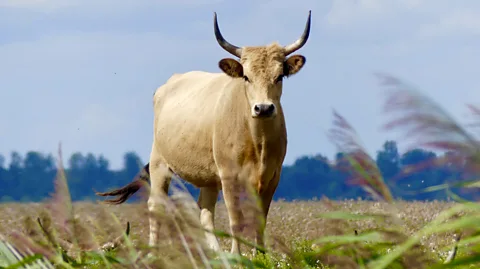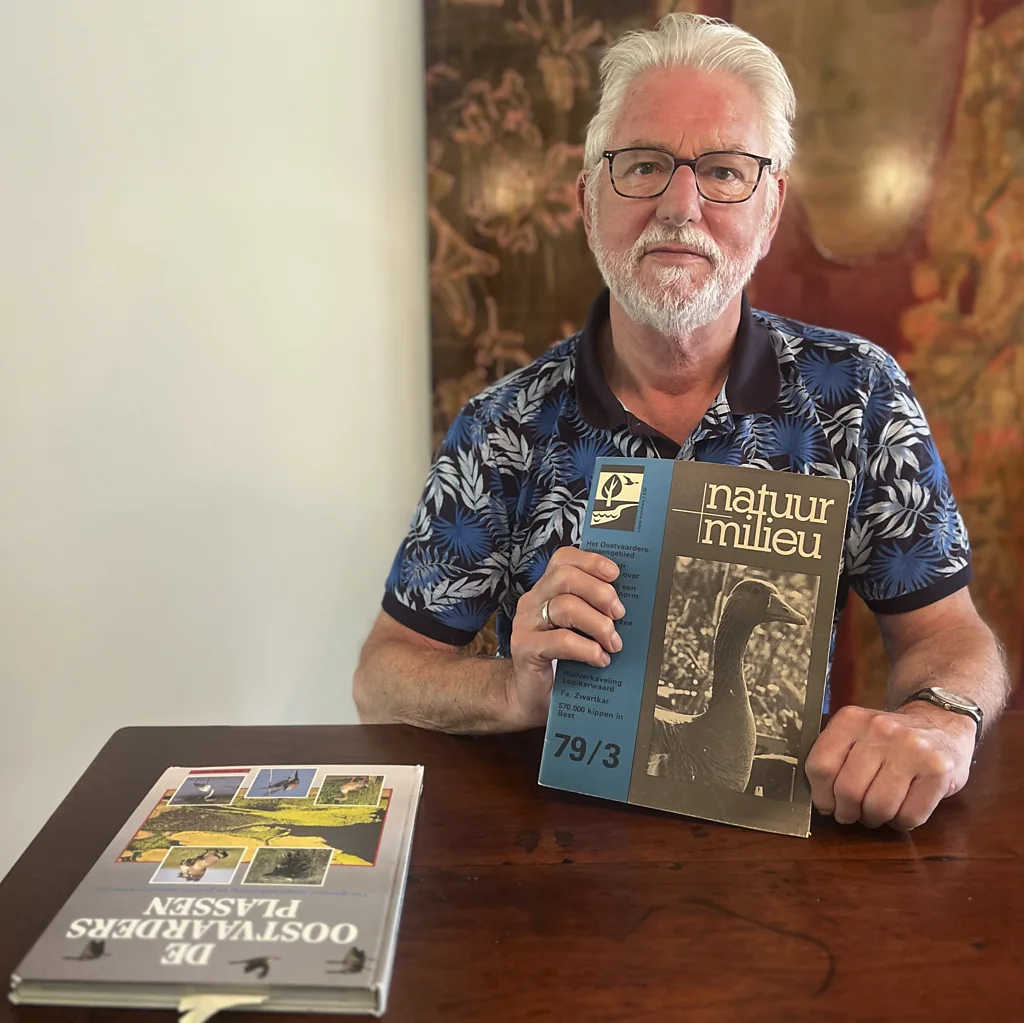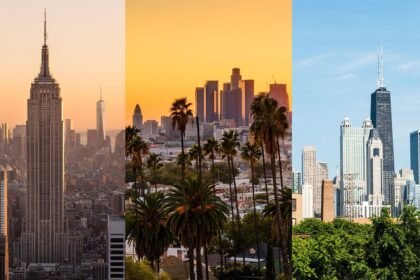The Dutch Rewilding Project That Took a Dark Turn
In early 2018, a chilling sight unfolded across the Dutch wetlands of Flevoland. Train passengers traveling between Amsterdam and Almere watched in disbelief as carcasses of deer, horses, and cattle littered the landscape. This was Oostvaardersplassen — once hailed as one of Europe’s boldest ecological experiments and a cornerstone of the Dutch rewilding project. What began as a visionary attempt to restore natural balance had spiraled into one of the most controversial conservation crises in modern history.

For decades, Oostvaardersplassen represented hope for a new kind of wilderness in the Netherlands. In the 1980s, conservationists envisioned a bold experiment — a landscape where nature would manage itself, free from human control, fences, or farming. They reintroduced vast herds of red deer, Konik horses, and Heck cattle to recreate the ecological balance once maintained by prehistoric grazers that freely roamed across Europe.. The philosophy was simple yet radical: let nature take its course.
The brutal winter of 2017–2018 shattered this ideal. As starvation spread across the herds, park rangers made the painful decision to shoot hundreds of animals to end their suffering. The images of emaciated bodies scattered across the icy plains shocked the world. To some, it was nature’s harsh reality. The clash of ideals exposed a deeper truth: despite its noble intentions, rewilding can never exist without human influence.
Oostvaardersplassen: The Heart of a Bold Dutch Rewilding Project
The story of Oostvaardersplassen begins in 1968, when an inland sea in the Netherlands was drained to create new land for human settlement. Amid the new terrain, a swampy stretch of land began to attract flocks of greylag geese. These migratory birds transformed the area into a thriving wetland ecosystem. As the geese fed and nested, they shaped a delicate marshland balance that soon caught the attention of ecologists.
By the late 1970s, Dutch biologist Frans Vera proposed a radical idea. He believed Europe’s prehistoric landscapes weren’t dense forests as traditionally thought, but dynamic mosaics of open woodlands maintained by wild herbivores. To test his theory, Vera introduced herds of hardy grazing animals to Oostvaardersplassen — a move that would redefine rewilding philosophy across Europe.
Rewilding Without Boundaries: Nature’s Grand Experiment
The early decades of the Dutch rewilding project were filled with optimism. Without human interference, nature flourished. The grasslands remained open, the geese thrived, and the wetlands teemed with life. Oostvaardersplassen became a symbol of ecological freedom — a living laboratory that inspired similar projects in the UK, Spain, and beyond.People often nicknamed it “The Serengeti behind the dikes.”

Yet, beneath the success, cracks began to appear. Without predators and with fences preventing migration, animal populations exploded. By the mid-2010s, the grazers had consumed nearly all vegetation. The once lush landscape became barren, and food scarcity loomed. When the harsh winter hit in 2017, nature’s self-regulating system failed catastrophically.
The Winter That Changed Everything
As snow blanketed the wetlands, thousands of deer, horses, and cattle weakened from hunger. Rangers faced an impossible decision: intervene or let nature decide. Bound by the project’s non-intervention principles, many animals were left to die naturally. But as starvation spread, rangers began culling the weakest individuals to minimize suffering. By spring, over 3,000 grazers were dead.
Photos of skeletal animals went viral, and public outrage erupted across the Netherlands. Protesters gathered near the reserve, delivering hay to feed the animals. Social media buzzed with accusations of cruelty. Park rangers received death threats as the nation split in debate — was this nature taking its course, or a disaster created by humans?
The Ethics of Rewilding: When Nature Meets Human Morality
The 2018 crisis sparked an ethical reckoning about what it truly means to rewild. Ecologist Frans Vera defended the outcome as a natural correction — nature’s way of balancing populations. Supporters agreed, pointing out that mass die-offs occur in the wild, from African savannas to Arctic tundras. Critics, however, argued that Oostvaardersplassen was far from wild. Surrounded by fences and isolated from migration routes, it was an artificial experiment in a human-made landscape.

The clash of ideals exposed a deeper truth: despite its noble intentions, rewilding always remains bound to human influence. Even in the most hands-off projects, human philosophy shapes what we define as “natural.”
A New Approach to Rewilding in the Netherlands
Following the 2018 tragedy, local authorities imposed sweeping changes. The once non-interventionist philosophy was replaced with active management.Rangers began monitoring animal health, capping populations, and providing food during harsh winters. Trees were planted, water levels adjusted, and the ecosystem slowly began to recover.
Seven years later, Oostvaardersplassen is no longer a barren plain. Its grasslands now ripple with life once more. White-tailed eagles soar above, herds graze on lush pastures, and wetlands hum with birdsong. Though human hands guide it, the reserve still embodies the essence of rewilding — a space where nature can thrive, even within human boundaries.




